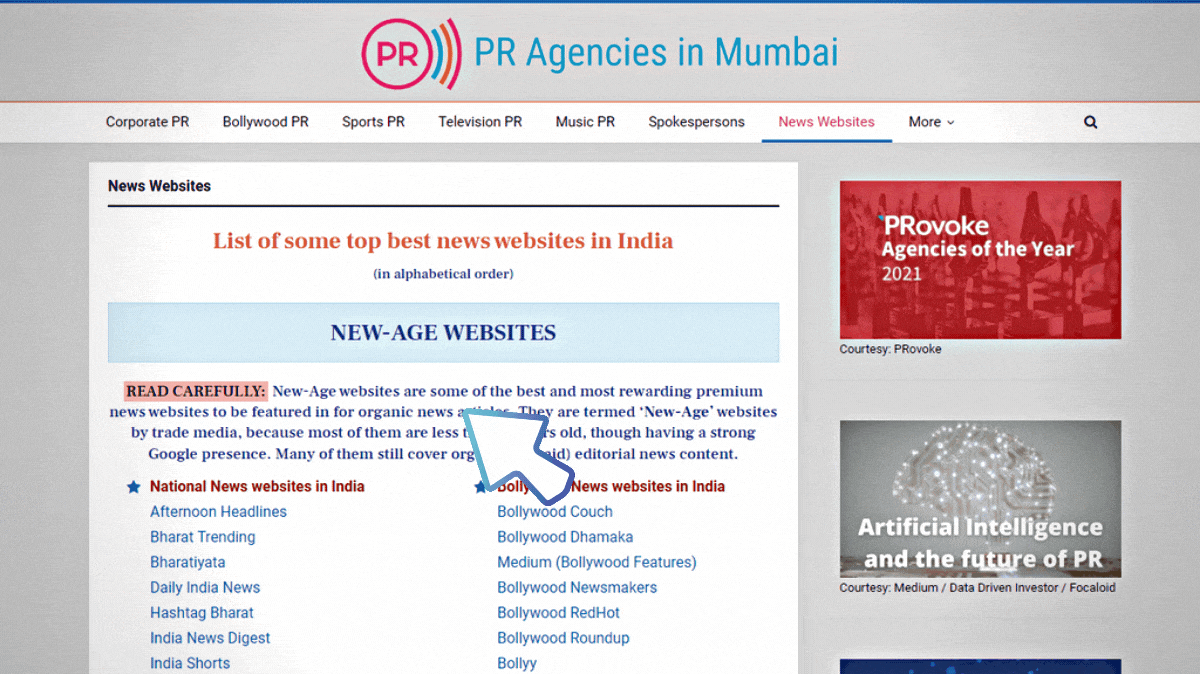What are New-Age websites, Veteran websites and Legacy websites?
And which category should 'you' choose for your branding
In today’s times, everything revolves around the web. Print is a dying medium. Hardly anyone bothers to flip pages of newspapers or buy magazines anymore. Most of the youth does not even sit in front of the television set, to watch news channels in between the advertisements. Media presence has all boiled down to the internet.
Google is the New Media God. Being featured on websites and landing on Google to create a strong Google presence is the way to the present and the future. So that is where you should put your money in promoting yourself.
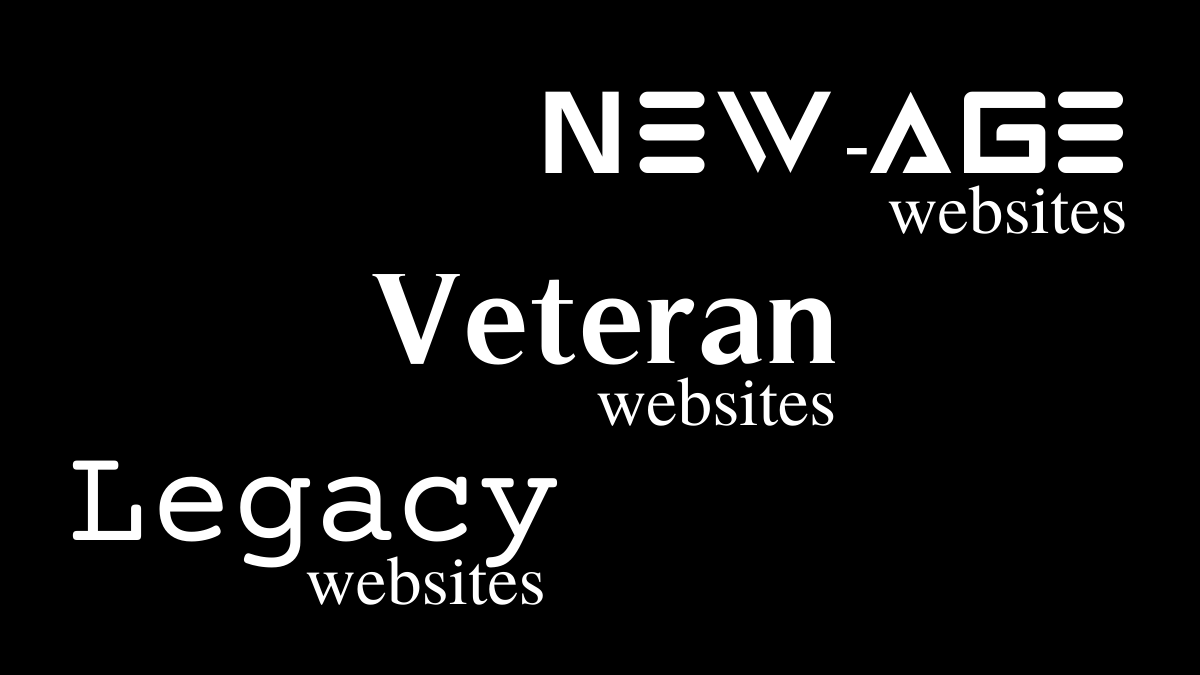
But if you want to become famous on the internet, it is very important to understand the basic difference between New-Age websites, Veteran websites and Legacy websites. When you are clear which category of websites you can target at which stage of your career, you will not only save money, energy and time, but also reach your goals faster than others.
Most of the time, people confuse between New-Age, Veteran and Legacy websites. Anyone who wants to look at their PR, branding, hype and publicity, or create a strong Google presence, needs to understand the difference. It’s actually very simple.
What are New-Age websites?
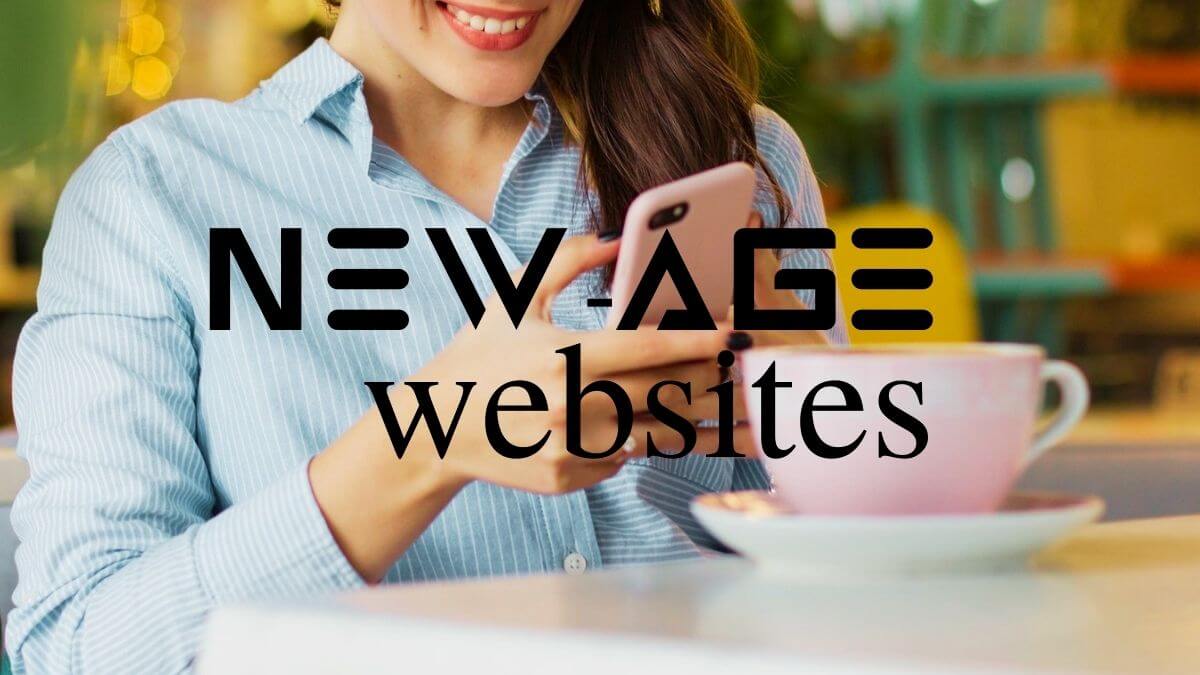
New-Age websites are some of the best and most rewarding premium news websites to be featured in for Organic News articles. They are termed ‘new-age’ websites by trade media, because most of them are less than 10 years old, though having a strong Google presence.
Many of them still cover Organic (unpaid) editorial news content. You can find the list of top New-Age websites and many other category websites here.
What are Veteran websites?
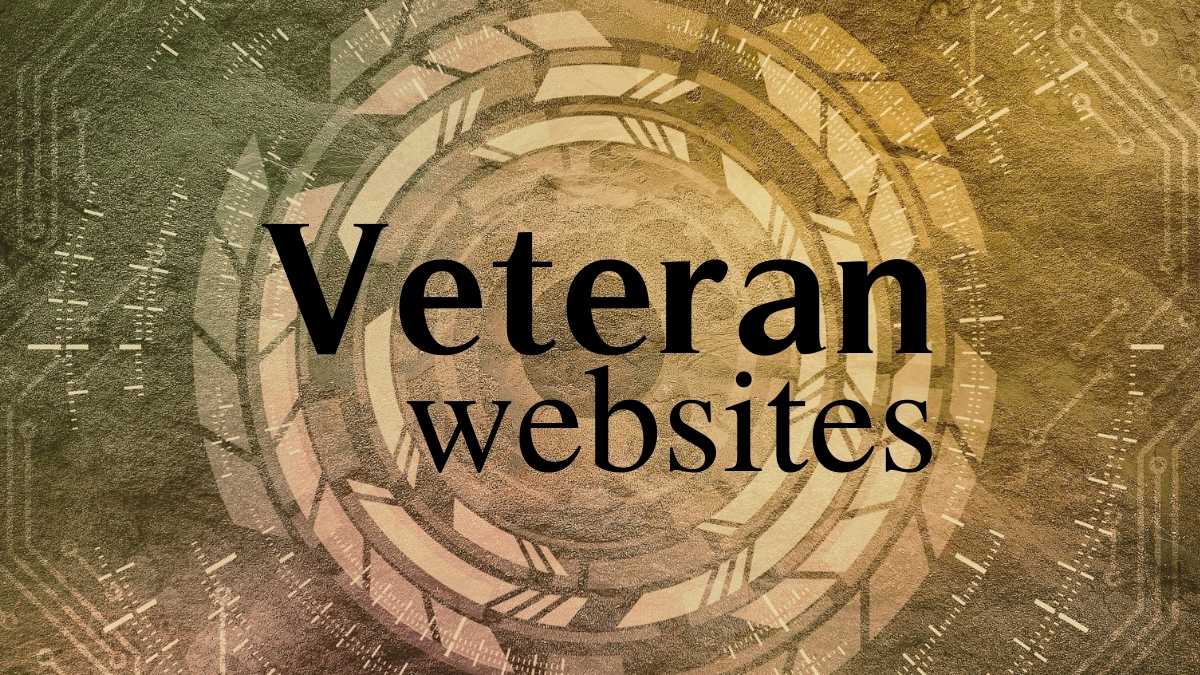
These sites are termed ‘Veteran’ websites by trade media, because they are old-timers on the web. Most of them are over 10-15 years old.
Many of them (though not all) have gone ‘paid’ with paid media / paid news / sponsored posts / brand posts / branded content; which broadly means ‘charging’ for editorial news content (just like publications charge for advertisements), either directly, or through third-party vendors and suppliers.
However, most websites doing paid news, carry Disclaimers at the end of paid news articles. So if you pay for an article to get it published on a Veteran website, the website will most-probably have a Disclaimer stating that your ‘content has been provided by a third-party and that the website is not responsible for its authenticity.’
Apart from taking away the credibility of the article, such a Disclaimer also gives away the fact that you have paid for the article, which may cause embarrassment to some.
What are Legacy websites?
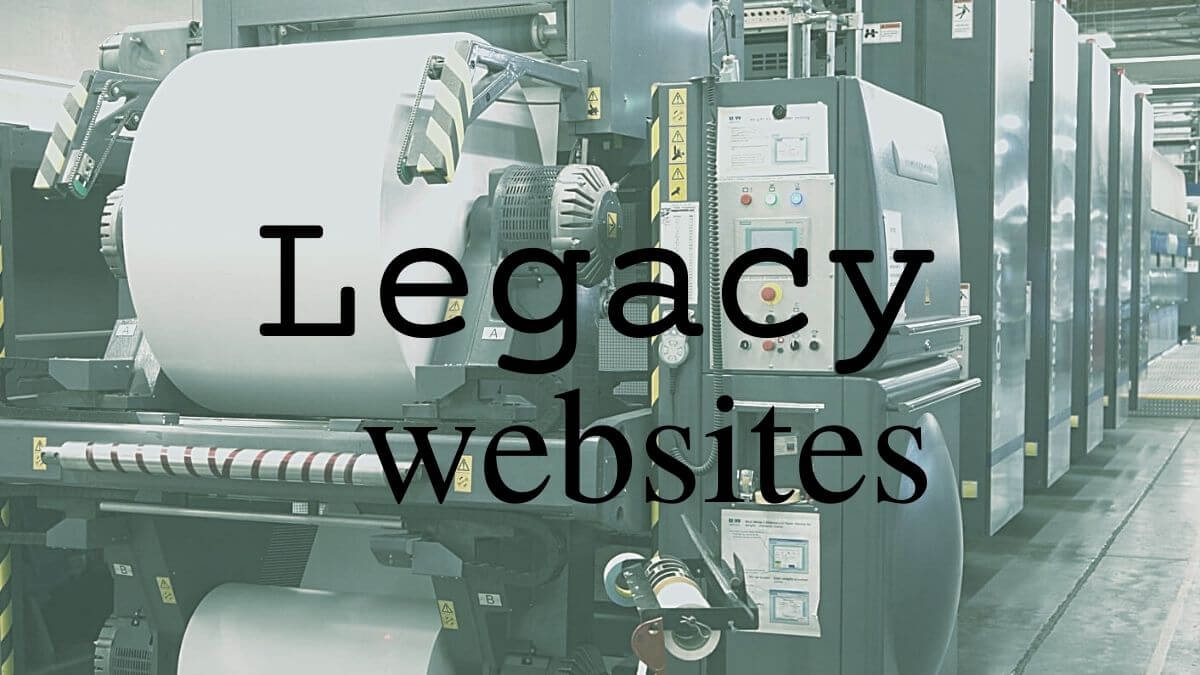
These sites are termed as ‘Legacy’ websites by the trade media, because they have a legacy of print and television media. These mostly belong to media houses existing from before the new internet age.
Just like the Veteran websites, many of the Legacy websites too (though not all) have gone ‘paid’ with paid media / paid news / sponsored posts / brand posts / branded content; which again broadly means ‘charging’ for editorial news content (just like publications charge for advertisements), either directly, or through third-party vendors and suppliers.
Like the Veteran websites, most of the Legacy websites also carry Disclaimers at the end of paid news articles. So once again, just like with Veteran websites, if you pay for an article to get it published on a Legacy website, the website will most-probably have a Disclaimer stating that your ‘content has been provided by a third-party and that the website is not responsible for its authenticity.’
This Disclaimer which comes with most Veteran and Legacy websites, does not happen yet with most New-Age websites though.
Head straight to the list of New-Age websites, Veteran websites and Legacy websites by clicking HERE.
PR means Public Relations, not Press Release
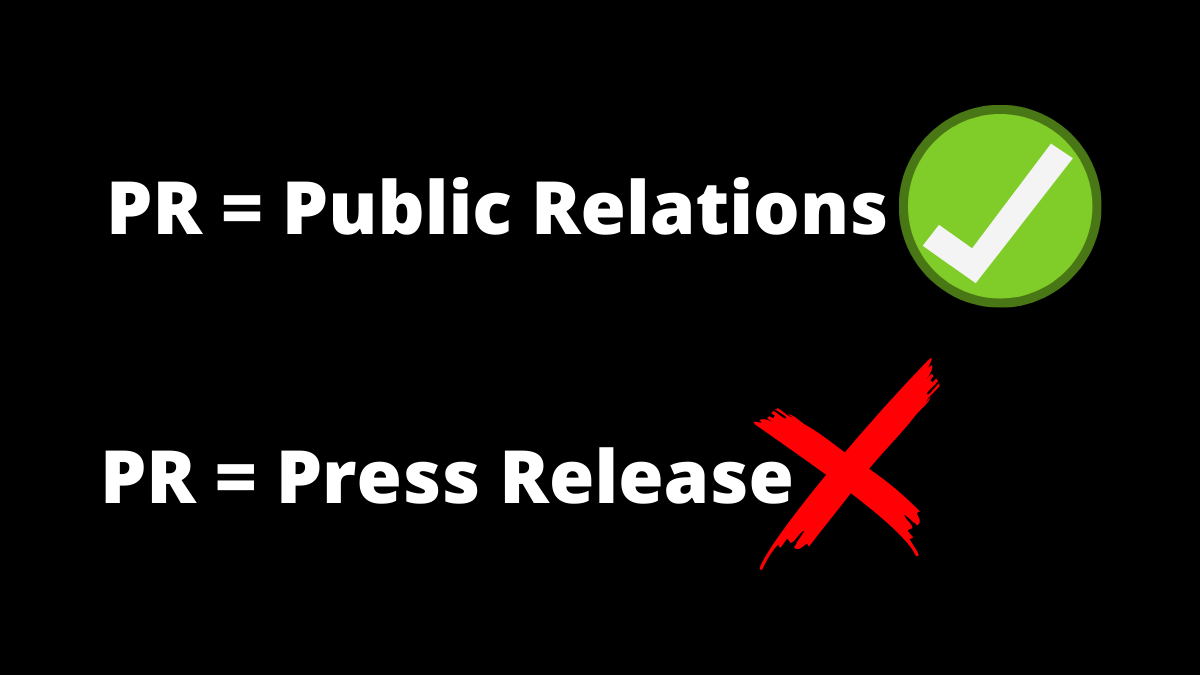
A lot of people also confuse the term PR with Press Release. Do note that the meaning and full form of PR is Public Relations, and not Press Release. A Press Release or News Release is just a tool used in PR (Public Relations) by publicists and public relations specialists.
If booking agents, vendors and suppliers of Paid Media and Paid News articles say that they will do your PR and mean Press Release, then probably they do not have an understanding of media terminology.
Public Relations (PR) is a profession, whereas a paid Press Release is just a Press Note or a News Release or an article containing 5-6 paragraphs and one photograph. It does not have a long-term strategy or focussed goal in mind. A paid Press Release can get you some hype, not imaging or branding.
That can only be done through Public Relations or PR agencies or publicists targeting the news media on a long-term basis with consistency and control. Thus a Press Release is never to be confused with the profession of Public Relations (PR).
You won’t get that ‘Blue Tick’ if you do this!
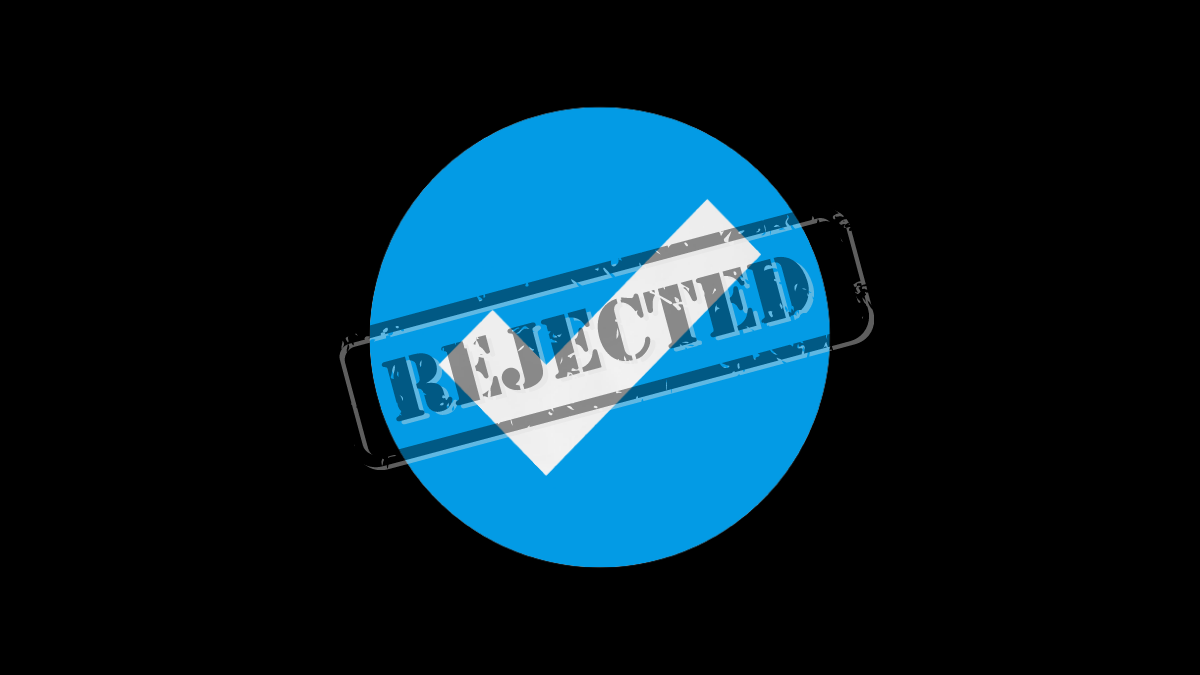
While choosing the right kind of websites, one major point to be noted is whether your articles will be featured properly on Google and whether the links can be submitted as reference links for Social Media Verifications (with Blue Ticks), after you have built a very strong Google presence and are ready for it in the future.
While you can be featured in news websites through PR agencies, Social Media Verifications are done by Digital Marketing agencies.
A point to be noted here is that you should never make haste in applying for Social Media Verifications, unless you have built a robust Google presence for a few months or years. Otherwise, in most likelihood, Social Media platforms may reject your request or even remove your Blue Tick retrospectively.
Another extremely important point to note here is that Paid Media and Paid News links with Disclaimers are mostly not accepted for Social Media Verifications on platforms like Facebook, Twitter, Instagram or even Wikipedia. In fact, many of the Social Media sites have even begun to mention this in their rules.
Plus, when a Social Media executive ascertaining your eligibility checks your Google presence and finds many Paid Media or Paid News links, there is a possibility that your verification might get rejected.
So if you intend to go for Social Media Verifications in future, it might be a better idea to focus on Organic News and Organic Media instead of Paid News and Paid Media.
PR and Digital Marketing are different professions
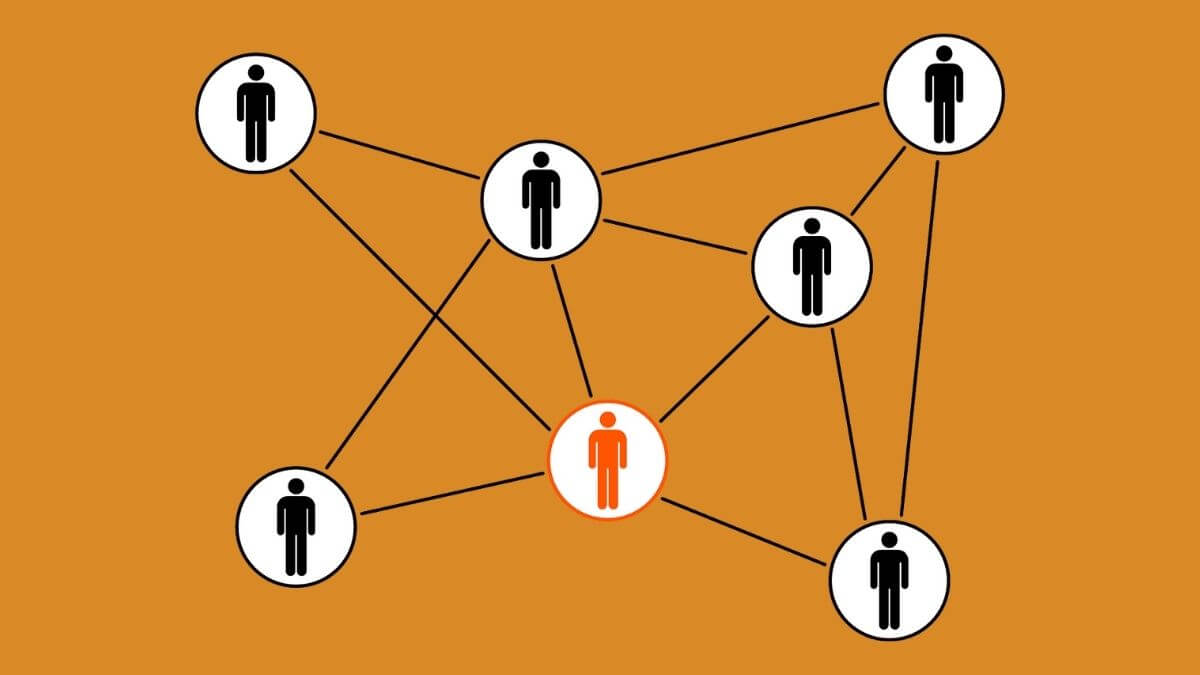
The major big difference between PR and Digital Marketing is that while PR agencies deal with news media editors and journalists, Digital Marketing agencies mostly cater to the public on Social Media.
However, there are no agencies in India which are known to be excellent in both PR and Digital Marketing. Which means, one has to hire separate agencies for doing the separate jobs for News Media and Social Media. Each specialises in their job profile.
The difference between the two professions of PR and Digital Marketing in India is best explained in this article on BollywoodPublicity.com, titled Explained: Difference between Bollywood PR, Digital Marketing and Talent Management.
Interestingly, the explainer article notes that “PR fees are significantly lower than advertising costs. Also, the written word is known to carry more weight than advertising and marketing campaigns. This makes PR more effective and the most preferred form of Bollywood publicity.”
Actually, the same goes for brands, corporate PR and personal PR in all professions.
Conclusion
 Most contemporary publicists have now begun to focus more and more on New-Age websites. This is because many of the New-Age websites still agree to publish Organic unpaid editorial content, which is negotiated by PR agencies through their contacts and connections with news editors and journalists.
Most contemporary publicists have now begun to focus more and more on New-Age websites. This is because many of the New-Age websites still agree to publish Organic unpaid editorial content, which is negotiated by PR agencies through their contacts and connections with news editors and journalists.
 In contrast, many of the Legacy websites and Veteran websites have now gone paid; which means, they charge for editorial content, just like publications charge for advertisements. Moreover, the paid media charges are a bomb, which not everyone can afford.
In contrast, many of the Legacy websites and Veteran websites have now gone paid; which means, they charge for editorial content, just like publications charge for advertisements. Moreover, the paid media charges are a bomb, which not everyone can afford.
Apart from high pricing, paid news also has a huge disadvantage of having Disclaimers below the articles, stating that ‘content has been provided by a third-party and that the website is not responsible for its authenticity.’
These kinds of Disclaimers are a big dampener for the readers as well as the person/brand featured. Thus many PRs focus on New-Age websites where Organic unpaid content is still possible.
List of top best news websites in India
PRAgenciesInMumbai.com has provided a full list of top best New-Age websites, Veteran websites and Legacy websites in the section News Websites in India.
The list not only features all the three categories including Veteran, Legacy and New-Age websites, but also segregates them into types of websites including best Bollywood news websites in India, top business news websites, lifestyle news websites, popular national news websites, leading news agencies, tech news websites, music news websites, topline news aggregators, vernacular news websites, media news websites and even select international news websites which cover Indian personalities and brands.
This makes it easy for you to decide… to take your pick and choose your way to become more famous. Good luck and happy branding.


